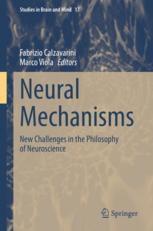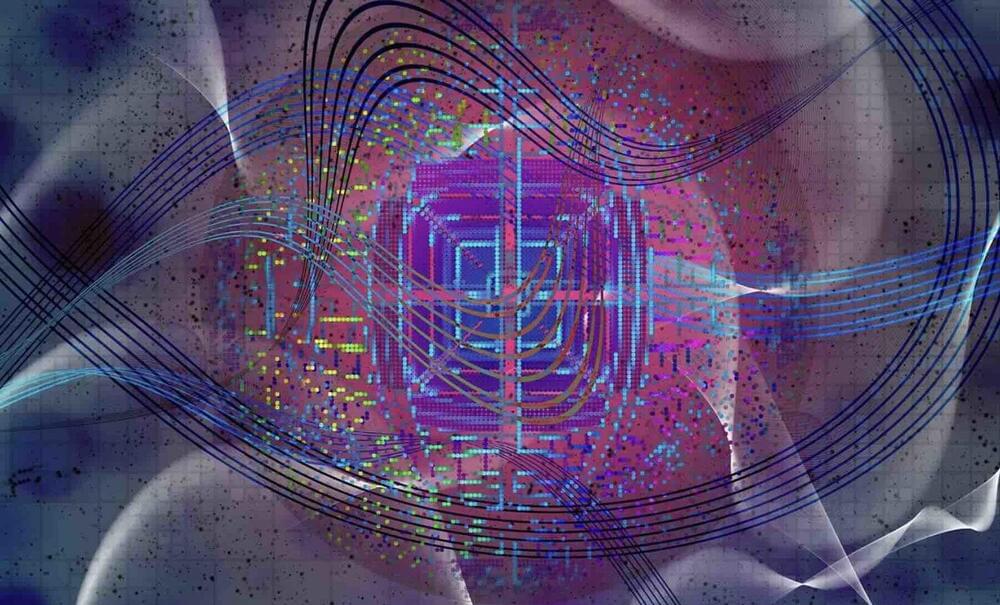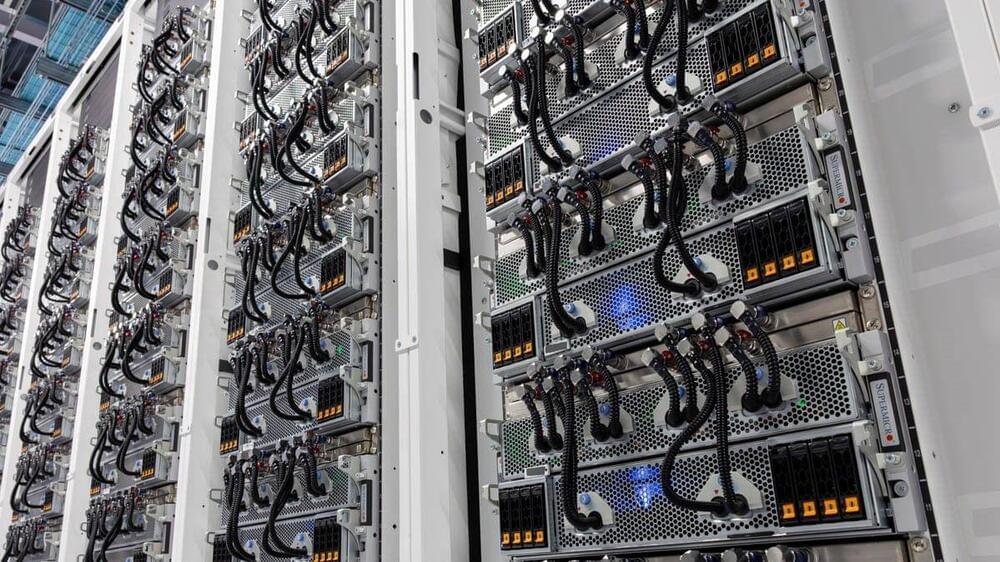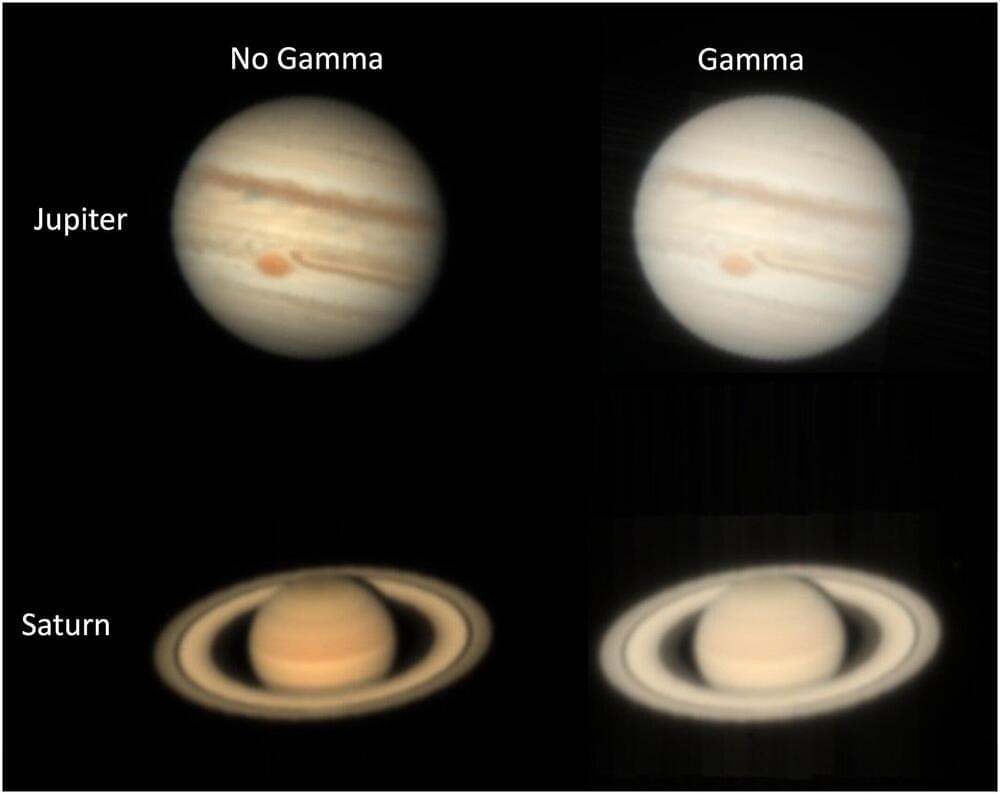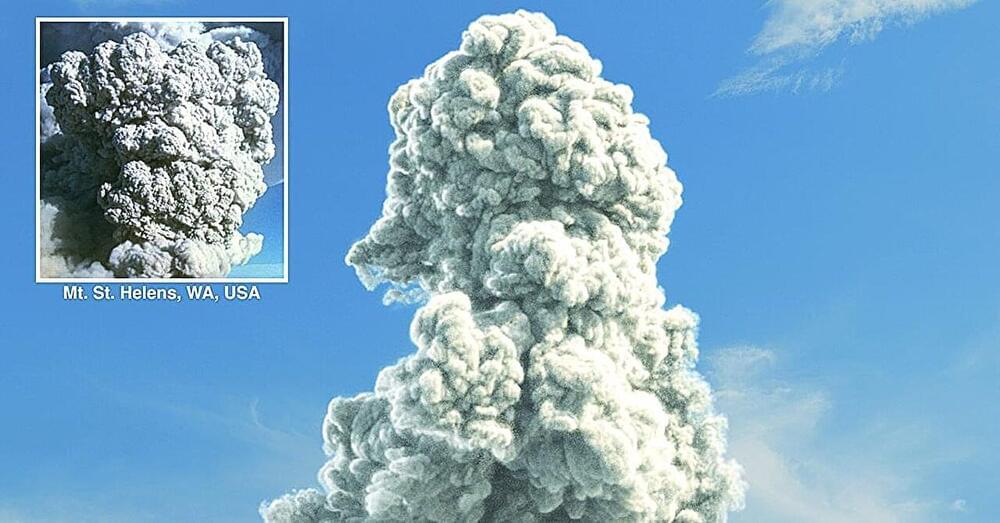The relationship between brain and computer is a perennial theme in theoretical neuroscience, but it has received relatively little attention in the philosophy of neuroscience. This paper argues that much of the popularity of the brain-computer comparison (e.g. circuit models of neurons and brain areas since McCulloch and Pitts, Bull Math Biophys 5: 115–33, 1943) can be explained by their utility as ways of simplifying the brain. More specifically, by justifying a sharp distinction between aspects of neural anatomy and physiology that serve information-processing, and those that are ‘mere metabolic support,’ the computational framework provides a means of abstracting away from the complexities of cellular neurobiology, as those details come to be classified as irrelevant to the (computational) functions of the system.
CMOS manufacturing has been harnessed for optical transceivers, and some companies are now looking to build photonic circuits for sensing, quantum science and more.
Researchers have demonstrated a new method for storing and retrieving quantum information, marking a leap forward for quantum memory.
Researchers have discovered that certain disordered superconductors exhibit abrupt phase transitions, a finding that challenges established theories and could have implications for quantum computing.
A study published in Nature by researchers investigating indium oxide films — a highly disordered superconductor — shows that their transition from a superconducting to an insulating state is not gradual, as traditionally assumed, but sudden. This abrupt shift, known as a first-order quantum phase transition, contrasts with the commonly observed continuous, second-order transitions in superconductors.
Key measurements revealed a sharp drop in superfluid stiffness — which is a property that reflects the superconducting state’s ability to resist phase distortions — at a critical level of disorder. Interestingly, the critical temperature of these films, where superconductivity breaks down, no longer depended on the strength of electron pairing but rather on the superfluid stiffness. This behavior aligns with a pseudogap regime, where electron pairs exist but lack the coherence needed for superconductivity.
Join NVIDIA CEO Jensen Huang at CES on January 6 at 6:30 p.m. PT for an exclusive look at groundbreaking innovations in AI, gaming, robotics, and beyond.
Google is establishing a team to build AI that can simulate the physical world, led by one of the former co-leads on OpenAI’s Sora model.
A Global 5G Community, fostering a community and ecosystem around the development of 5G applications.
Collaborative work by amateur and professional astronomers has helped to resolve a long-standing misunderstanding about the composition of Jupiter’s clouds. Instead of being formed of ammonia ice—the conventional view—it now appears they are likely to be composed of ammonium hydrosulfide mixed with smog.
The findings have been published in the Journal of Geophysical Research: Planets.
The new discovery was triggered by amateur astronomer, Dr. Steven Hill, based in Colorado. Recently, he demonstrated that the abundance of ammonia and cloud-top pressure in Jupiter’s atmosphere could be mapped using commercially-available telescopes and a few specially colored filters.
Computer scientists at the University of California San Diego have developed a method for generating highly realistic computer-generated images of fluid dynamics in elements such as smoke.
This research, conducted by the UC San Diego Center for Visual Computing, was presented at the SIGGRAPH Asia 2024 conference, where it received a Best Paper Honorable Mention for its contributions to computer graphics and physics-based simulation. The paper is published in ACM Transactions on Graphics.
To demonstrate the power of their approach, the team compared an iconic photograph from the 1980 eruption of Mount Saint Helens volcano in Washington State to a computer-generated rendering of a volcanic smoke plume created using their new method. The resulting simulation captures the intricate, multi-scale billowing of the smoke plume, including its twisting, curling motion and delicate turbulence, which are hallmarks of realistic fluid behavior.
